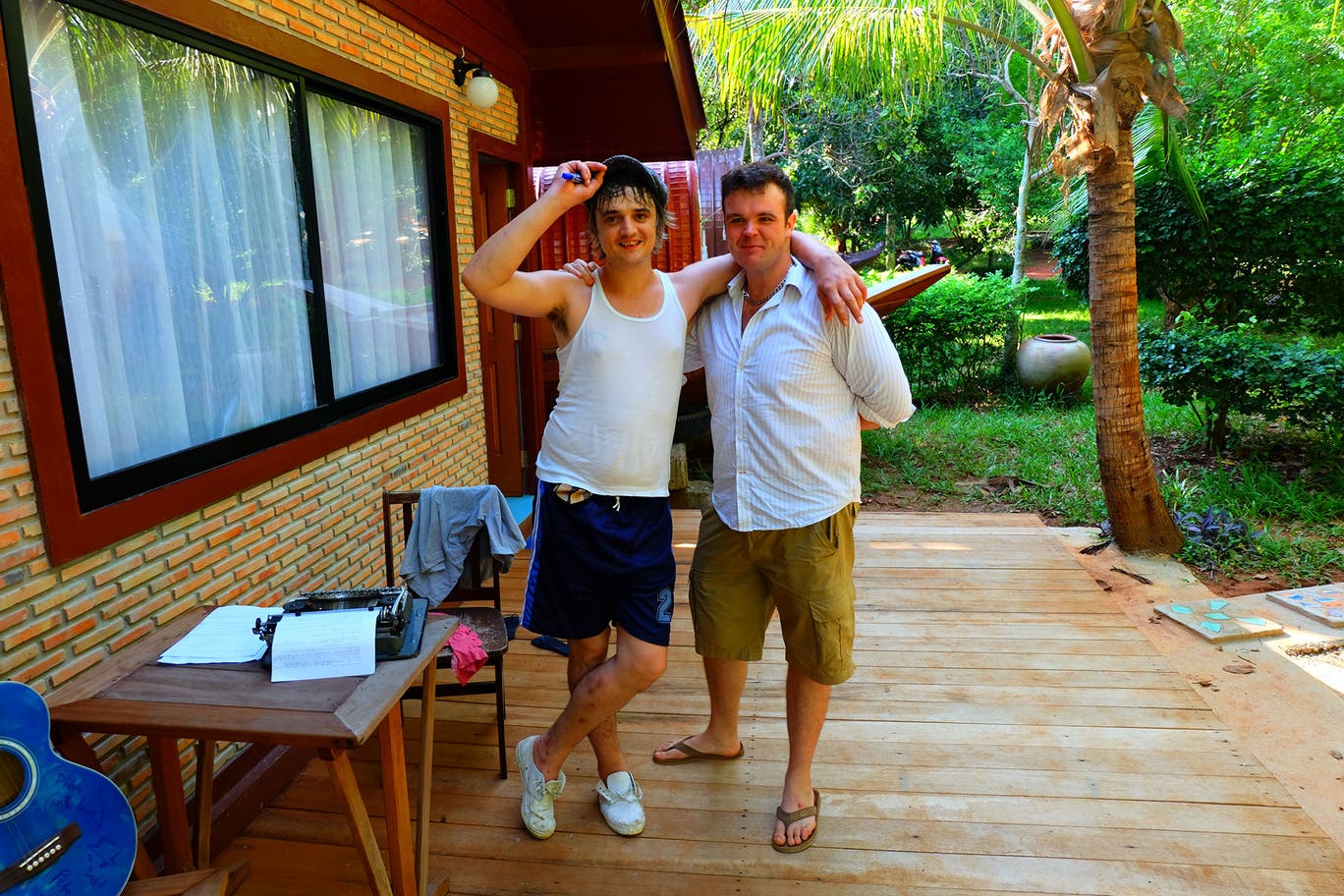https://www.reddit.com/r/typewriters/comments/1ktb7ty/what_are_the_rules_of_typewriter_club/?sort=new
The Rules of Typewriter Club
The first rule of Typewriter club is Do not oil the segment.
The second rule of Typewriter club is DO NOT oil the segment.
Do not ask the value of your typewriter: they are invaluable.
Always talk about typewriter club. Every chance you get: to family, friends, complete strangers...
If you only have one typewriter, you must refer to it as "my FIRST typewriter".
If you're new to typewriter club, you have to type.
A typewriter is not broken unless it is clean and broken.
Parts of a typewriter should only be removed in order to repair another typewriter.
Keychoppers shall have the extremities they used to chop keys chopped off.
More than one machine is allowed to be your "favorite".
The last typewriter you bought is the greatest one. Until the next one.
Never leave a typewriter outside, in a barn, or in a damp basement to rust.
Typewriters are to type with. They should not be "flipped".
Any reason is a good reason to buy and use a typewriter.
The hardest part of typewriter repair is believing you can do it. Everything else is just instructions plus a careful, thoughtful hand. —Rt. Rev. Theodore Munk
If you see a typewriter, you should take photos and upload the details to the TypewriterDatabase.com.
Typewriters are not mood setting decor, they are meant to be used.
Always leave a typewriter in better condition than you found it.
We form things; we do not "bend" them.
The only acceptable way to dispose of a typewriter is to find it a new home. The only exception is in dire circumstances in time of war when one should follow the guidance of the Underwood manual and "Smash typewriters and components with a sledge or other heavy instrument; burn with kerosene, gasoline, fuel oil, flame thrower, or incendiary bomb; detonate with firearms, grenades, TNT, or other explosives."
If anyone asks you about your typewriter, you must spend at least five minutes talking to them about it.
Legitimate typewriter sellers never use the phrases "it works" or "it just needs a new ribbon."
Remember that typewriters are dangerous and can be used for samizdat. As Woody Guthrie wrote: "This machine kills fascists."
Blessed are those who give typewriters to children for theirs is the Kingdom of Heaven.
"In death, they have a name." Lenore Fenton. Lenore Fenton. Lenore Fenton!
The Typewriter Database does not list every single serial number, just ranges of numbers and years in which they were made. You are responsible for figuring out which year your number fits into.
"Working but needs new ribbon" is seller's code for "I have no idea if it really works, but I'm going to try to sell you this machine for the price of a fully functioning machine that was just serviced by a professional shop despite the fact that I just took it out of grandpa's barn and I'm not sure if the mouse inside is dead or not. Also, I can't afford $10 to replace an old ribbon to truly participate in the charade of the price I'm going to try to fleece you with."





















